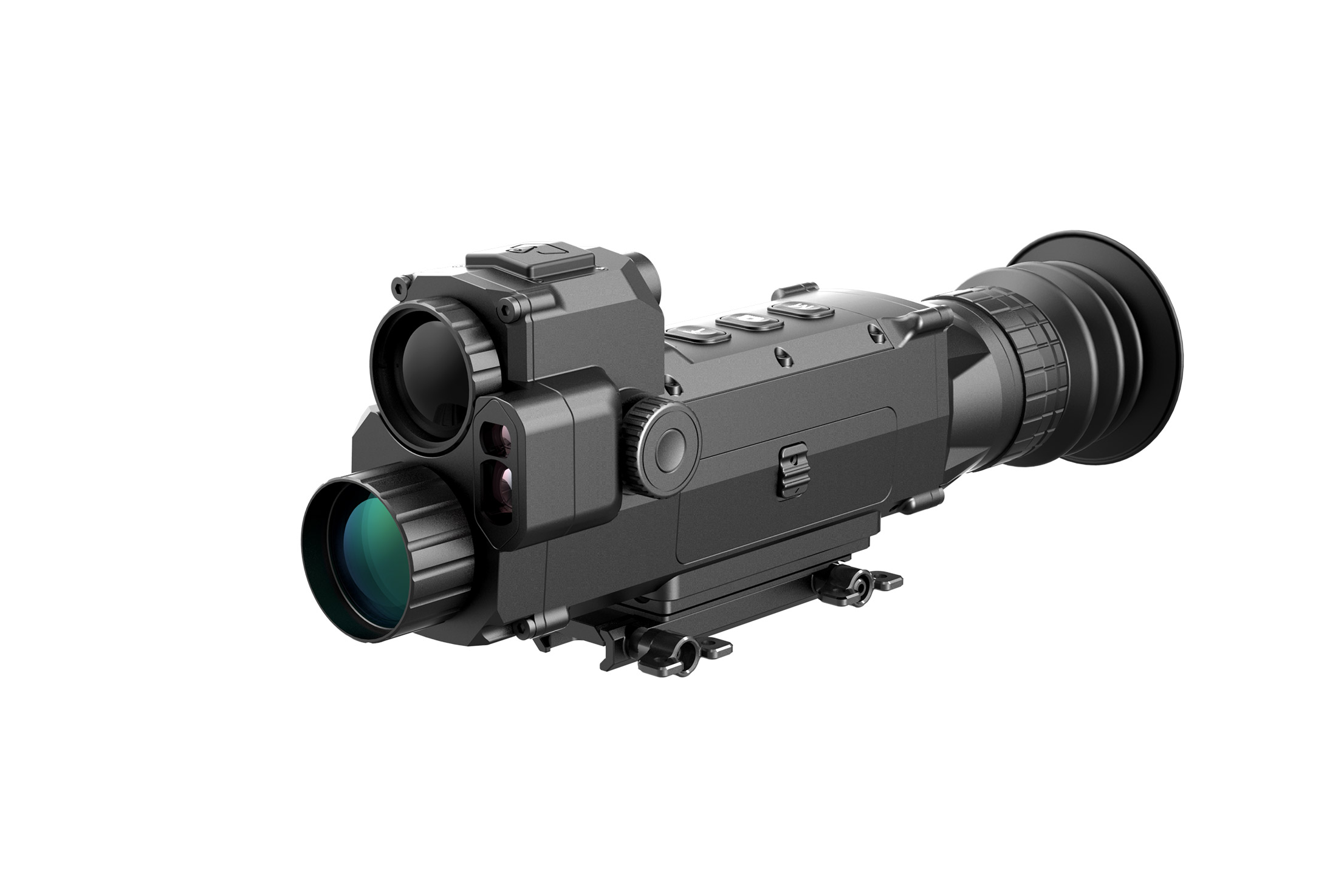Welcome to the ultimate guide to choosing a high-quality thermal imaging riflescope. Whether you're a seasoned hunter, a security professional, or an outdoor enthusiast, understanding the intricacies of thermal imaging technology can significantly enhance your experience. This guide will walk you through the essential factors to consider when selecting a top-notch thermal imaging riflescope.

Understanding Thermal Imaging Technology
Thermal imaging technology detects infrared radiation, which is emitted by all objects based on their temperature. Unlike traditional night vision devices that amplify visible light, thermal imaging riflescopes allow you to see in complete darkness and through various obstructions like fog, smoke, and foliage. This makes them invaluable tools for a wide range of applications.
Key Features to Look for in a Thermal Imaging Riflescope
When choosing a thermal imaging riflescope, several critical features should be considered to ensure you get the best performance:
Resolution
The resolution of the thermal sensor is a crucial factor. Higher resolution sensors provide clearer and more detailed images, which can be vital for identifying targets at longer distances. Look for scopes with at least a 320x240 resolution for optimal performance.
Refresh Rate
The refresh rate, measured in Hertz (Hz), determines how quickly the image updates. A higher refresh rate results in smoother motion tracking, which is essential for dynamic environments. A refresh rate of 30Hz or higher is recommended for most applications.
Detection Range
The detection range indicates how far the scope can detect heat signatures. This varies based on the scope's specifications and environmental conditions. For hunting or security purposes, a detection range of at least 1,000 yards is ideal.
Magnification
Thermal imaging riflescopes offer both optical and digital magnification. Optical magnification provides a clearer image, while digital magnification can extend the range but may reduce image quality. A balance of both is often the best choice.
Additional Considerations for Selecting a Thermal Imaging Riflescope
Beyond the core features, there are additional factors to consider when selecting a high-quality thermal imaging riflescope:
Battery Life
Long battery life is essential for extended operations. Look for scopes with rechargeable batteries and consider carrying spare batteries for longer missions.
Durability
Thermal imaging riflescopes should be rugged and able to withstand harsh conditions. Ensure the scope is water-resistant, shockproof, and built with durable materials.
Ease of Use
User-friendly controls and an intuitive interface can make a significant difference in the field. Look for scopes with simple menus and easy-to-access buttons.
Price
While high-quality thermal imaging riflescopes can be a significant investment, it's essential to balance cost with the features you need. Consider your specific requirements and choose a scope that offers the best value for your budget.
Conclusion
Choosing the right thermal imaging riflescope can greatly enhance your capabilities in various scenarios. By understanding the key features and additional considerations, you can make an informed decision that meets your needs. Remember, the ultimate guide to choosing a high-quality thermal imaging riflescope is about finding the perfect balance between performance, durability, and cost.
We hope this guide has provided you with valuable insights into selecting a thermal imaging riflescope. Stay tuned for more expert advice and tips on enhancing your outdoor and security experiences.



